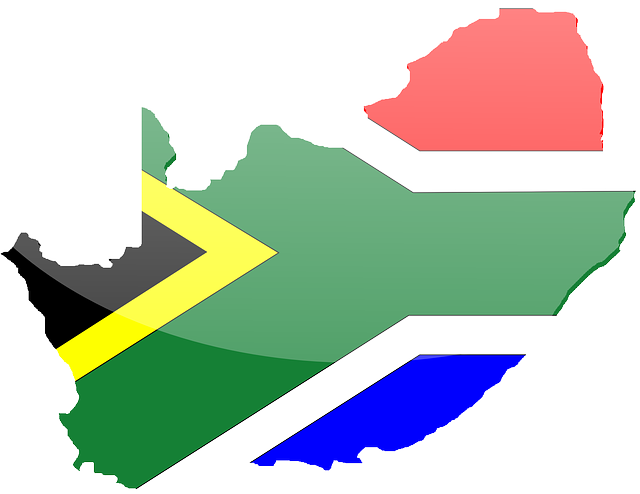Hundreds of people who may have been in contact with 8 individuals infected with Ebola virus in Guinea’s southern prefectures of Nzérékoré and Macenta have been vaccinated with the experimental Ebola vaccine in a bid to contain the latest flare-up of Ebola.
WHO’s office in Guinea says more than 1,000 contacts have been identified and placed under medical observation. Nearly 800 have been vaccinated over the past week, including 182 who are considered to be high-risk contacts.
The VSV-EBOV vaccine currently being administered was found to be highly effective in preventing Ebola infection in a large trial conducted by Guinea’s Ministry of Health, WHO and partner agencies last year. It has since been used in Sierra Leone to contain a recent flare-up there, and now, once again, in Guinea.
The “ring vaccination” strategy involves vaccinating anyone who has come into contact with a person infected with Ebola, as well as contacts of theirs.
In this latest flare-up, there have been 8 cases of Ebola and 7 deaths since late February. The most recent case, an 11-year old girl, is being treated at an Ebola care facility in Nzérékoré and as of today, is reported to be in a stable condition. Six of the deceased are from three generations of the same extended family in the village of Koropara Centre.
Inter-agency response in full motion
Local health authorities reactivated the emergency coordination mechanism that was in place during the height of the Ebola epidemic in Nzérékoré and a large-scale inter-agency response is in progress.
WHO has a team of 75 staff members working in the affected areas to support the government-led response, including epidemiologists, surveillance experts, contact tracers, vaccinators, social mobilizers and infection prevention and control experts. WHO has also dispatched two top-level Ebola-experienced clinicians to assist at the Ebola treatment centre in Nzérékoré.
Households under medical monitoring are receiving a range of assistance from partner agencies, including food packages, hygiene kits and cash stipends to purchase additional items.
Infection prevention and disease control measures, including a public awareness campaign and other health promotion and community engagement activities, are taking place in the affected areas.
Tests from blood samples of the confirmed cases indicate that this latest cluster of Ebola stems from a known transmission chain and not a new chain introduced by the animal population.
Ongoing flare-ups expected
Both Nzérékoré and Macenta have been hard hit by Ebola in the West Africa outbreak. In the sub-prefecture of Koropara, at the centre of this latest flare-up, there were 24 Ebola cases, 15 deaths and 9 survivors between October and December of 2014.
This re-emergence of Ebola in Guinea is the first since the original outbreak in the country was declared over on 29 December 2015. WHO has continuously stressed that flare-ups like this one should be anticipated, largely due to virus persistence in some survivors, and that the three Ebola-affected countries must maintain strong capacity to prevent, detect and respond to further outbreaks.





